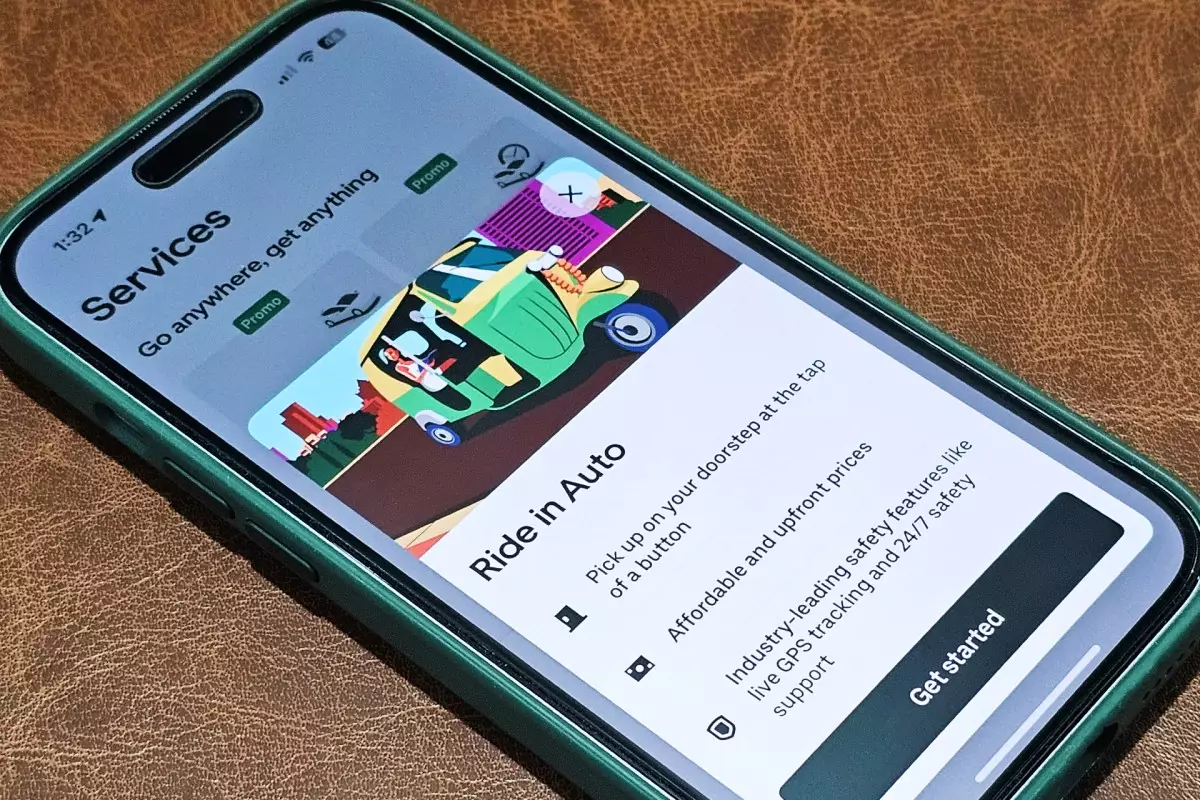Uber, the global ride-hailing powerhouse, is making significant adjustments to its business operations in India, particularly concerning its three-wheeled motorized rickshaw service. In a bold move to enhance its competitive edge against local rivals like Rapido and Namma Yatri, the company has replaced its traditional commission-based payment structure with a daily fee model for auto-rickshaw drivers. This article delves into the implications of this shift and the broader context of Uber’s ongoing adaptation in the Indian market.
In an increasingly saturated market where competition poses a considerable threat, Uber’s pivot towards a daily fee model seems to be a calculated response to keep pace with burgeoning competitors. Both Rapido and Namma Yatri have adopted a subscription-based service model that bypasses commission fees entirely, making their offerings appealing to drivers looking to maximize their earnings. With auto-rickshaws accounting for approximately 25% of all motorized trips in India, Uber’s prior commission structure, which ranged from 25% to 40% per ride, was unsustainable in an environment where drivers have alternatives.
By communicating these changes via email to riders and implementing them after running a pilot program, Uber demonstrates strategic foresight, allowing for adjustment based on real-world feedback. This new structure does not merely aim to attract drivers; it’s a mechanism for sustaining the company’s operations in an economically competitive landscape.
Under the new daily fee structure, auto-rickshaw drivers on the Uber platform are expected to pay between $0.23 and $0.46 (20-40 Indian rupees), a relatively nominal fee given the potential for earning through daily rides. This fee is contingent upon the city of operation, indicating an understanding of regional economic variances. However, the implications of shifting payment responsibilities are profound. Rather than incorporating Uber credits or promotions into the fare, riders will now pay drivers directly, either in cash or through the Indian government’s Unified Payments Interface (UPI).
This approach introduces a layer of complexity for riders, as final fares will not be displayed, leaving drivers able to set their own rates. This lack of transparency can create a scenario ripe for fare disputes, significantly changing the dynamics of driver-rider interactions—that is, the likelihood of bargaining could rise as both parties negotiate fares, forming a more informal marketplace.
By stripping away its commission-based earnings model, Uber signals a tentative withdrawal from its originally embraced regulatory strictness often found in Western markets. This shift appears designed to enhance the connection between independent drivers and their clients, highlighting Uber’s commitment to facilitating a gig economy where flexibility can thrive. Despite this, it explicitly communicates a lack of involvement in fare disputes, suggesting a hands-off approach that may alter rider expectations as well.
Moreover, while this evolution is currently limited to auto-rickshaw drivers, it serves as evidence of Uber’s ambition to experiment with various revenue models tailored to specific markets. The Indian landscape, characterized by its vast population and unique transportation demands, presents a significant opportunity for innovative strategies. This approach is reflective not just in auto-rickshaws, but also in efforts to introduce flexible pricing and concurrent rides, indicating a broader quest for operational efficiency.
As Uber navigates these changes amidst fierce competition from platforms like Ola, Rapido, and Namma Yatri, the effectiveness of its new model remains to be tested. While appealing to drivers by offering a more predictable fee structure could enhance driver retention, it may also complicate rider experiences, leading to potential dissatisfaction with fare negotiation practices.
Furthermore, can this model thrive beyond the confines of auto-rickshaw services? While it hints at a willingness to adapt to local markets, the ongoing war for customer loyalty makes it imperative that Uber continuously reassess and refine its operational strategies. In essence, the challenges ahead will demand solid execution and an acute understanding of consumer behavior in the world’s most populous nation. The outcomes of these changes will undoubtedly influence Uber’s trajectory, not only in India but across its global network, as they seek to establish a sustainable billion-dollar business model in a cutthroat industry.

